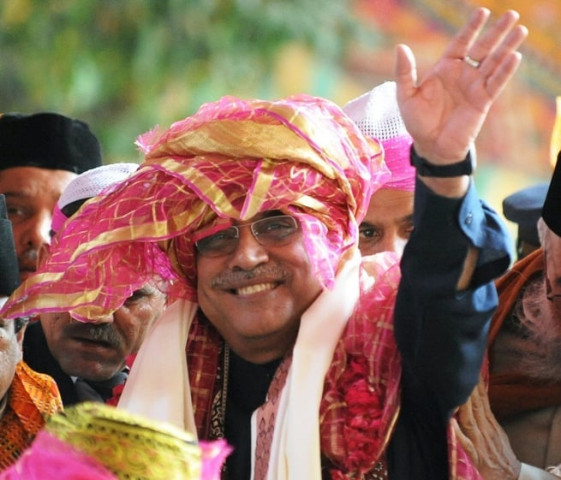President Zardari in India
This was the first time a Pakistani head of state had visited India since Musharraf in 2005.

The two countries are fortunate that they both have leaders who are committed to the peace process but that does not mean that danger is not lurking around every corner. The army could easily scuttle whatever progress has been made by working around the elected government and embarking on yet another military adventure along the lines of the Kargil conflict. In India, too, the hawks (of which significant sections of the media is a part) remains resolutely anti-Pakistan. Issues like Hafiz Saeed, who had a bounty placed on him by the US for actionable information leading to his conviction, are still unsolved. The two have so far decided to at least go ahead with lowering trade barriers with Pakistan set to grant India Most-Favoured Nation status by the end of the year. However, the rigid visa regime between the two, which makes it next to impossible for the citizens of either to visit, must be relaxed as well.
Also, as the recent landslide tragedy at Siachen has showed, both countries need to realise that perhaps the time has come to demilitarise the glacier.
Far more lives on either side have been lost to the ravages of weather than to actual combat and the cost of maintaining troops for both countries on the world’s highest battlefield should be enough to necessitate a final push for a bilateral drawdown.
Published in The Express Tribune, April 9th, 2012.















COMMENTS
Comments are moderated and generally will be posted if they are on-topic and not abusive.
For more information, please see our Comments FAQ